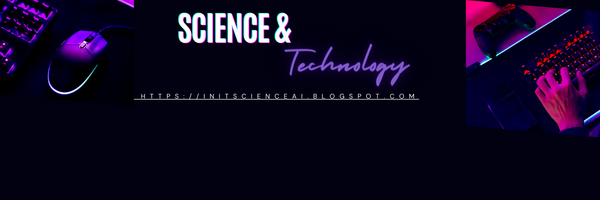Enhancing Cybersecurity in Drone Technology: A Critical Imperative
As drone technology rapidly evolves with advancements in artificial intelligence (AI) and the Internet of Things (IoT), ensuring robust cybersecurity is paramount. The increasing sophistication of autonomous drones, used for complex tasks, demands significant investment in cybersecurity to protect unmanned aerial systems (UAS) from potential threats and attacks.
Key Points:
Advanced Capabilities and Threats: Modern drones, equipped with sensors, cameras, and communication tools, are vulnerable to cyber-attacks. Strong cybersecurity measures are essential to maintain the reliability, security, and efficiency of drones as they integrate into various industries.
Global Regulatory Challenges: Diverse international drone laws necessitate cutting-edge technology to recognize and neutralize aerial threats effectively. The interconnected nature of drone technology, relying on cloud storage, blockchain, and communication networks, creates multiple entry points for cyber threats.
International Efforts: The United Nations has highlighted drones' potential for humanitarian, disaster relief, and peacekeeping operations. A 2017 UN resolution urged member states to enhance capabilities to address drone-related cybersecurity threats, emphasizing global cooperation to share best practices.
Operational Security: Implementing cybersecurity in drone technology prevents unauthorized access, ensures regulatory compliance, and protects sensitive data. Effective drone security systems can disrupt communication links, detect targets, and neutralize threats within their operational range.
Challenges and Solutions:
Cybersecurity Challenges: Drones face risks such as unauthorized access, privacy breaches, lack of standardization, GPS spoofing, and hacking for malicious purposes like espionage or terrorism. Cyber-attacks on drones in sensitive areas could have severe consequences, including disruptions to critical services.
Future Security Needs: As drones expand into new sectors, securing their cybersecurity becomes increasingly crucial. Collaboration among international organizations, countries, and institutions is vital to develop comprehensive policies, guidelines, and regulations focusing on drone cybersecurity.
Drones are both a benefit and a risk to critical infrastructure organizations.
Drones need to be considered a cyber security risk as well as a common tool for monitoring and safeguarding Australia's vital infrastructure, according to a recent assessment.
A new report has highlighted the need for greater regulation of the use of drones in critical infrastructure operations.
Flight Critical: Drones, Cyber Security and Critical Infrastructure is a collaboration between the Cyber Security Cooperative Research Centre (CSCRC) and defence and security firm Omni and explores the cyber security impact of the rising use of drones to monitor and protect critical infrastructure.
Drones pose a serious threat vector because of their connectivity, even if their application in the industry is expanding. However, there are presently no national norms or rules regarding drone cyber security.
The CEO of CSCRC, Rachael Falk, asserts that malevolent threat actors might readily compromise drones.
Falk stated in a statement that "the emergence of advanced UAV technology has the potential to become a game changer in Australia, driving new efficiencies and improving worker safety."
But given their critical infrastructure applications, it is especially alarming that they are susceptible to cyberattacks. This indicates that in order to assist Australian critical infrastructure operators in mitigating UAV-related cyber threats, explicit guidelines pertaining to UAV cyber security are necessary.
General manager of Omni Luke Easey noted that as drone technology advances, so does the threat posed by these machines.
"UAVs will be more important in ensuring that Australia's vital infrastructure continues to deliver the services that are essential to all of us. As a result, it seems reasonable that security comes first, according to Easey.
Conclusion:
To protect drone technology’s integrity, manufacturers, operators, and policymakers must enforce stringent cybersecurity standards. Implementing geo-fencing solutions, local regulations, authentication mechanisms, encryption protocols, and firewalls is essential to safeguard drone systems and mitigate potential threats. Promoting cooperation and supporting cybersecurity research and development will ensure that drones remain a secure and innovative technology in the modern world.
















0 Comments